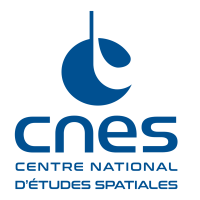La sonde Juno a été développée par la NASA pour étudier la planète Jupiter au plus près. Elle étudie la composition de son atmosphère, sa structure interne, son champ magnétique, et l’origine de sa formation.
Informations essentielles
Chiffres clés
- 3625 kg : masse de la sonde
- 9 instruments à bord
- 20,1 x 4,6 m : dimensions de la sonde
- 3 laboratoires français impliqués
Dates clés
- Janvier 2021 : La NASA prolonge la mission jusqu’en septembre 2025
- Juin 2018 : La NASA prolonge la mission jusqu’en juillet 2021
- 5 juillet 2016 : Arrivée en orbite de Jupiter
- 9 octobre 2013 : Assistance gravitationnelle de la Terre
- 5 août 2011 : Lancement de Juno par Atlas V 551
- 9 juin 2005 : La NASA sélectionne la mission Juno dans son programme New Frontiers
Le projet en bref
Juno est la deuxième mission de la classe New Frontiers de la NASA, succédant à New Horizons et précédant OSIRIS-REx. Le lancement a eu lieu le 05 août 2011 pour une mise en orbite le 05 juillet 2016, et une fin de mission initialement prévue pour 2018 mais repoussée à 2022 puis à nouveau à 2025 pour des raisons techniques. La mission se terminera par la destruction de la sonde qui plongera dans l’atmosphère pour en étudier la composition avec plus de détails.
Juno a plusieurs particularités. D’abord, elle passe par les pôles avec une orbite très excentrique qui lui permet d’avoir un périastre (point le plus bas) très proche du sommet des nuages de Jupiter (5 000 km). C’est aussi la première sonde capable de s’aventurer aussi loin du Soleil avec des panneaux solaires : grâce à l’amélioration de l’efficacité des cellules photovoltaïques, elle peut se passer d'alimentation électrique nucléaire (RTG, Générateur Thermoélectrique à Radioisotope) qui équipe habituellement ce type de sondes.
Ensuite, Juno est stabilisée par spin : elle utilise sa propre rotation (2 tours par minute) pour se stabiliser grâce à l’effet gyroscopique.
De plus, Juno embarque une caméra (JunoCam) qui n’a pas directement de rôle scientifique, mais qui fournit de superbes images de la planète à destination du grand public.
Dans l’importante participation européenne à cette mission américaine, le CNES a contribué à la réalisation par l’IRAP du senseur d’électrons JADE-E de l’instrument JADE. JADE détecte les particules énergétiques (électrons et ions) produites par les aurores polaires de Jupiter, complétant ainsi les autres instruments de Juno pour étudier sa magnétosphère.
L’instrument JIRAM est un spectro-imageur infrarouge. C’est également une participation européenne, menée par l’Italie. Il sonde l’atmosphère profonde jusqu’à une centaine de kilomètres.
La participation française compte également plusieurs chercheurs et laboratoires impliqués dans l’étude des résultats de Juno.
Rôle du CNES dans le projet
Dans l’importante participation européenne à cette mission américaine, le CNES a contribué à la réalisation par l’IRAP du senseur d’électrons JADE-E de l’instrument JADE. JADE détecte les particules énergétiques (électrons et ions) produites par les aurores polaires de Jupiter, complétant ainsi les autres instruments de Juno pour étudier sa magnétosphère.
Contacts CNES
Responsable thématique Planètes et Petits Corps du Système Solaire du CNES
Francis ROCARD
Courriel : francis.rocard at cnes.fr
Responsable thématique (SHM) Soleil, Héliosphère, Magnétosphères du CNES
Kader AMSIF
Courriel : kader.amsif at cnes.fr




